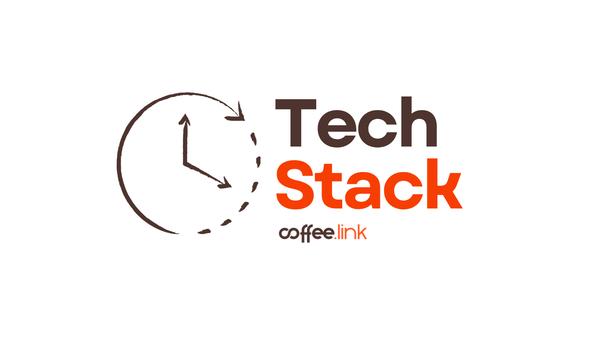ASML, the Dutch company at the heart of semiconductor manufacturing, continues to be a pivotal player in the tech industry. Despite geopolitical challenges and intense competition, ASML remains the sole supplier of the crucial extreme ultraviolet (EUV) lithography machines essential for producing the world's most advanced chips. This exclusive position has made ASML a critical bottleneck in the semiconductor supply chain, underscoring its significant influence and importance.
Latest Developments
ASML's recent advancements include the rollout of their new high numerical aperture (High-NA) EUV machine. This innovative technology, which further enhances the precision and efficiency of chip manufacturing, represents a significant leap forward. The High-NA EUV machine, costing approximately $350 million each, is poised to meet the increasing demand for more powerful and efficient semiconductor devices driven by AI and green energy transitions.
Financially, ASML has reported robust performance despite global economic uncertainties and export restrictions, particularly affecting its sales to China. The company’s 2023 net sales soared to €27.6 billion, a notable increase from the previous year. However, geopolitical tensions, especially between the US and China, continue to pose risks, with export restrictions potentially impacting ASML’s revenue from Chinese customers.
The Bottleneck and the Competition
ASML’s dominance in the EUV lithography space is a result of decades of intensive research and development. No other company has been able to match ASML's capabilities in this area, effectively making it a bottleneck in the semiconductor supply chain. The high cost and complexity of EUV technology have deterred other potential competitors. Canon and Nikon, for instance, abandoned their EUV projects after being denied participation in crucial research consortia.
While ASML’s monopoly on EUV technology is secure, there are competitors in other segments of the semiconductor manufacturing process. Companies like Applied Materials and Lam Research focus on different aspects of chip production, such as etching and deposition. Additionally, the global push for technological sovereignty has led to significant investments in semiconductor manufacturing capabilities in the US and Europe, driven by legislative acts like the US CHIPS Act and the European Chips Act. These initiatives aim to reduce dependency on a single supplier and bolster local production capacities.
Future Outlook
Looking ahead, ASML is preparing for significant growth in 2025 and beyond. The company plans to build its inventory and ramp up production to meet the anticipated surge in demand. The next frontier for ASML is the development of hyper-NA technology, which promises even greater precision and efficiency in chip manufacturing. This ongoing innovation underscores ASML's commitment to maintaining its leadership in the semiconductor industry.
ASML's unique position and continuous advancements make it an indispensable entity in the semiconductor sector. Despite challenges, its technological prowess and strategic foresight ensure that it remains at the forefront of chip manufacturing, shaping the future of the tech industry.








